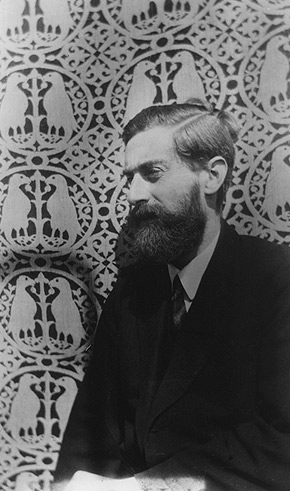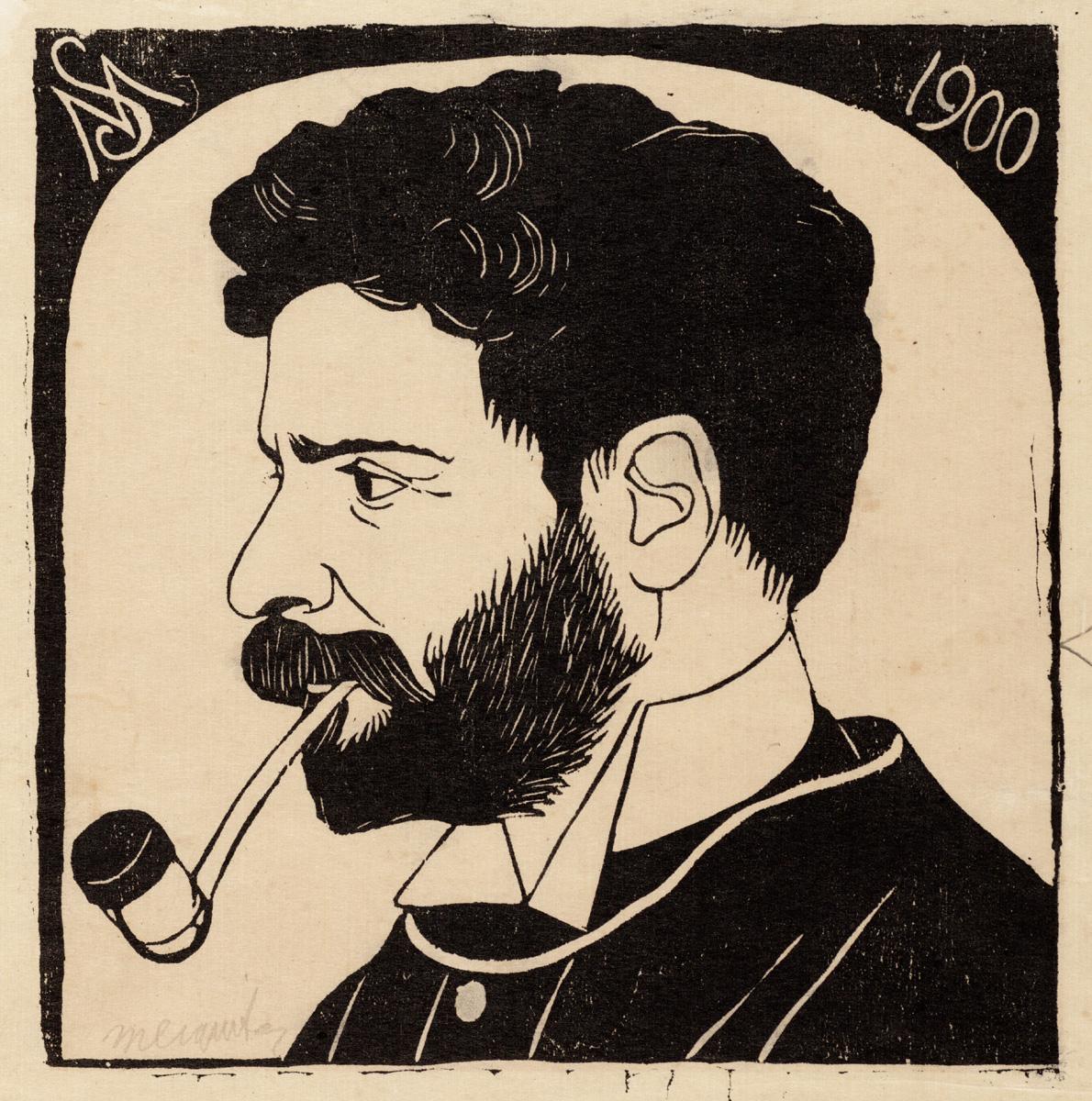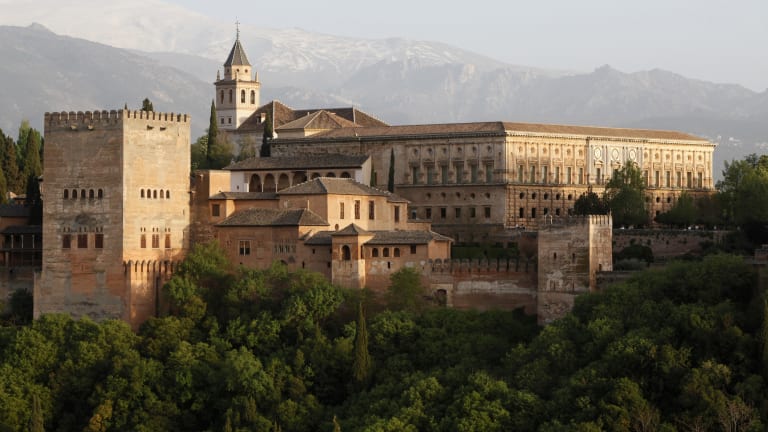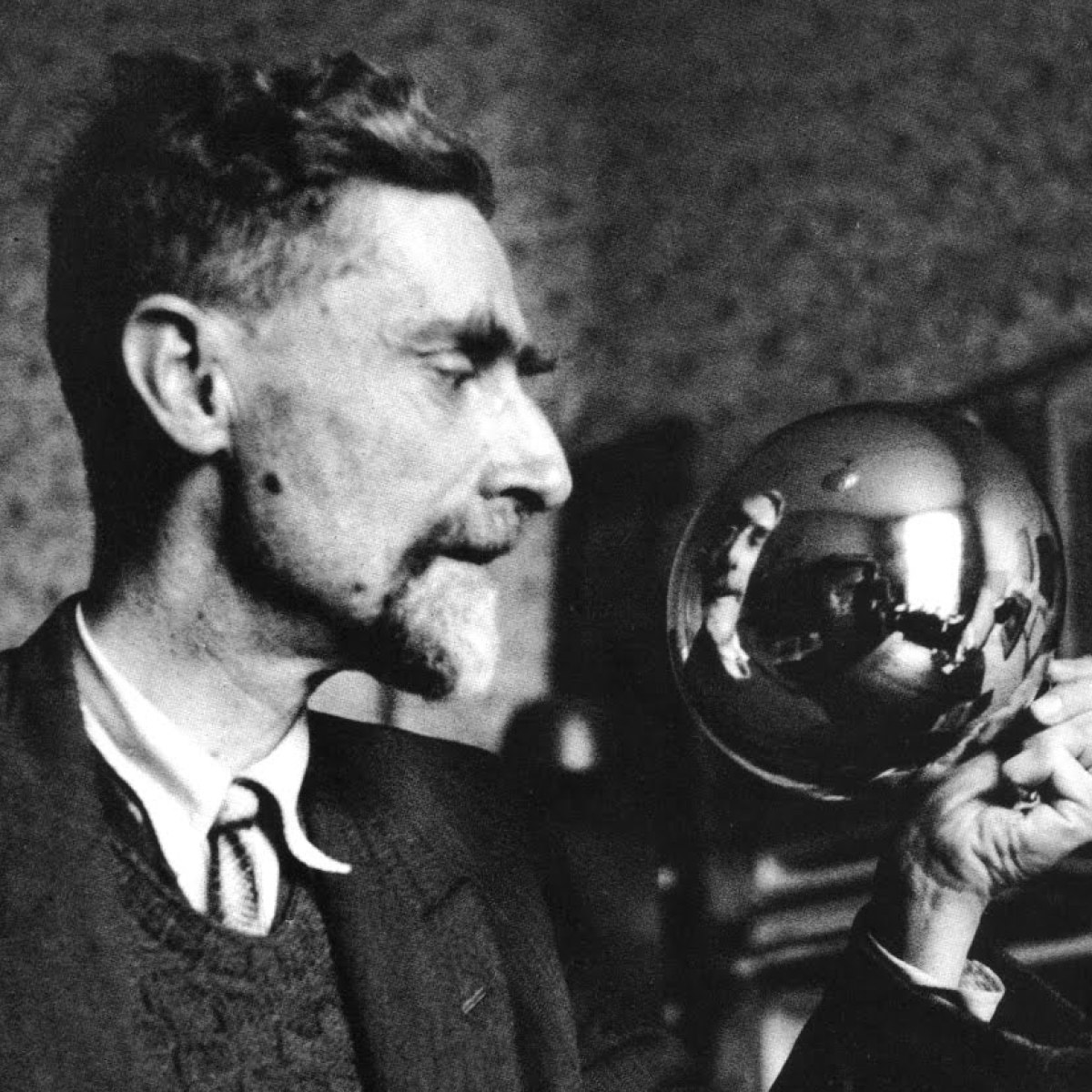Maurits Cornelis Escher was born on June 17, 1898, in Leeuwarden, Netherlands, to Sarah and George Escher. As a child, he hated school but enjoyed his drawing classes.

Maurits Cornelis Escher was born on June 17, 1898, in Leeuwarden, Netherlands, to Sarah and George Escher. As a child, he hated school but enjoyed his drawing classes.

He barely passed high school but he successfully entered Haarlem's School for Architectural and Decorative Arts, originally for architecture. Escher decided to take up graphic arts under the recommendation of his mentor, Samuel Jessurun de Mesquita.

Escher traveled to the Mediterranean in the early 1920s and was profoundly influenced by the wonders of the Moor-designed Alhambra Palace in Granada, Spain. He met Jetta Umiker in 1923; they married the following year, going on to have three children: George, Arthur, and Jan.

By 1929, his work had grown in popularity and demand and he had held a number of exhibitions in Holland and Switzerland. During this time Escher began to experiment with ideas of metamorphosis presenting an object turning into something completely different and he would return to these ideas in his later work.

Between 1930 and 1940 the Eschers moved around Europe often, from Switzerland to Belgium to Holland back to the Netherlands. At this point, Escher's works were wildly popular worldwide and some of the most iconic pieces of his life. M.C. Escher died on March 27, 1972, in a retirement community, in Laren, Netherlands
